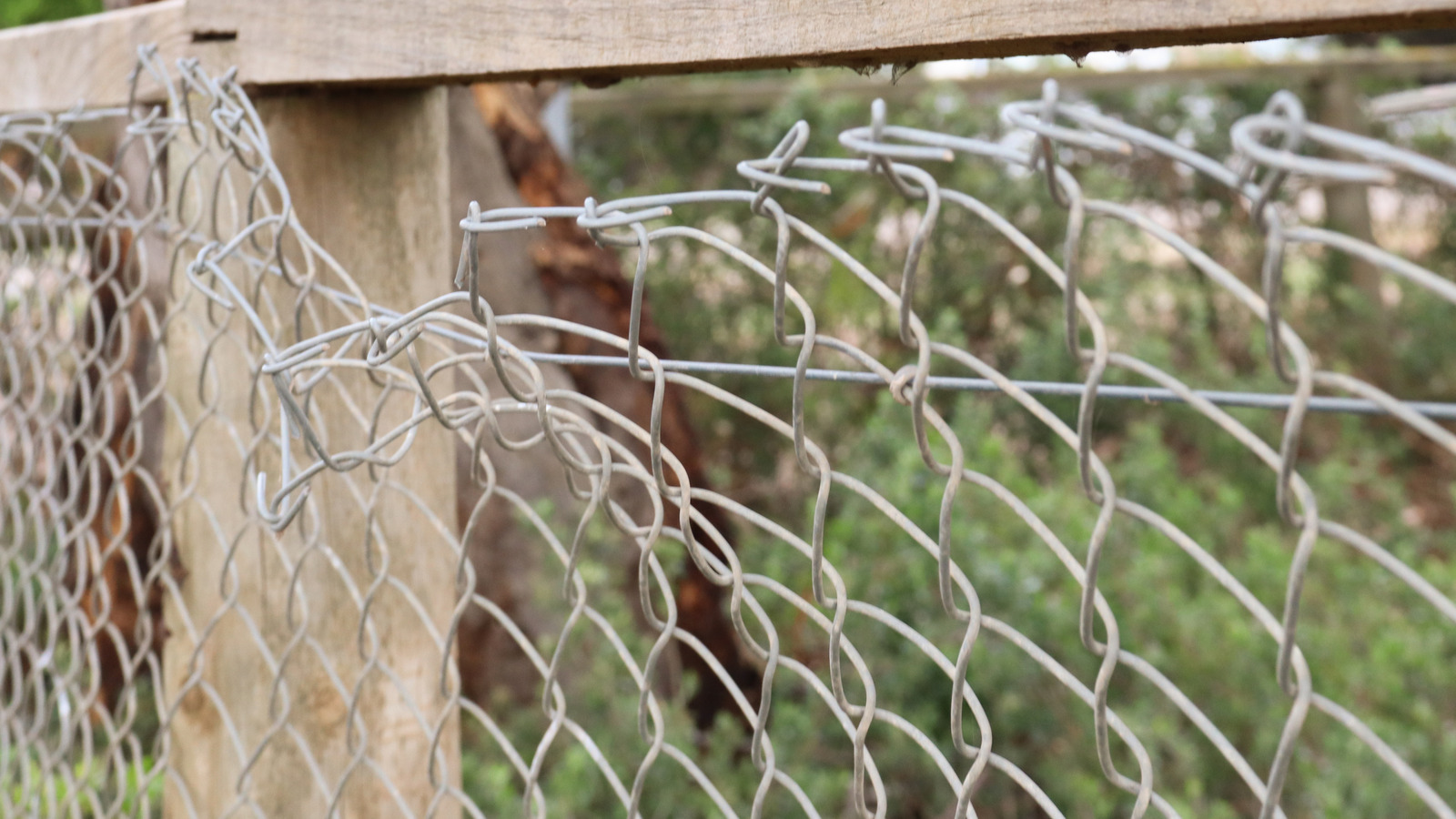DeWalt’s Budget-Friendly Tool Is A Must-Have If You Own A Fence, According To Buyers
We may receive a commission on purchases made from links.
If you own a wire fence — welded, woven, chain link, electrified, barbed, or even hog-paneled — you’ll eventually have to do some fence repairs. Everyone does. If the Eagles are to be trusted (and that remains to be seen), even desperados must constantly ride fencelines looking for holes to fix up. After all, a fence with a hole in it is basically a fence with an open gate.
The good news is that you can do most of the work of repairing, or even installing, a wire fence with one affordable tool that looks like a child’s imagining of the perfect tool: fencing pliers, like DeWalt’s 10.5-inch pliers ($22.49 at Amazon). You will also need gloves, and if you’re messing around with setting fence posts you’re going to need all manner of other things. But if you’re just running wire fencing, you might just get by with nothing but fencing pliers.
Some people love fencing pliers and some hate them. The distaste might stem from the uniqueness of the tool — nothing else works quite like them — combined with infrequency of use. For professionals who use them more often, they’ll occasionally be less than perfectly suited for a particular task. But almost everyone agrees that these are among the types of pliers any homeowner should be familiar with. It would also make a heck of a companion to another handy DeWalt tool, the fencing stapler.
What makes these fencing pliers, anyway?
Fencing pliers by and large have the same features, but before we run through those, let’s distinguish this style of fencing tool, which have a somewhat hammer-shaped head, from another tool that are often called fencing pliers but are more usefully referred to as linesman’s pliers. They have many of the same functions, and linesman’s pliers are indispensable for electrical work, but here we’re talking about hammer-head fencing tools.
Hammer-head fencing pliers generally have a striking face opposite a staple-removing claw, which have the same basic profile as a claw hammer. Also above the pliers’ pivot point are a staple/nail puller at the very tip (the design of this slot can vary slightly by manufacturer); upper gripping jaws just above the pivot and lower gripping jaws just below; and two wire shears on either side of the pivot point. Professionals can get a surprisingly wide range of tasks accomplished with this basic feature set — hammering and removing staples, yes, but also stretching, cutting, and splicing wires, using the side of the pliers for leverage when tightening wire, hammering the striking face like the head of a punch when digging out deeply sunk staples, and whatever else you can dream up.
The length of fencing pliers is actually a feature, too, because longer pliers afford the user more leverage and, therefore, the ability to do more work (like cutting thicker wires). There is a point of diminishing returns, though, when very long pliers spread so much that they can no longer be handled one-handed.
What makes DeWalt’s tool unique … and totally not unique?
Before we talk about what makes DeWalt’s fencing pliers special, we should talk about what makes them just like many others. And it’s fairly easy to talk about, because they’re all extremely similar functionally and are usually priced in the same ballpark. For example, compared with DeWalt’s $22.49, Crescent 10-inch fencing pliers are available for $27.98, while Irwin’s 10-inch Vise-Grip fencing pliers cost $18.39 — big differences percentage-wise, perhaps, but not that different in dollars. Of course, the budget-friendly Harbor Freight tool will do the same job for less than 10 bucks, though perhaps won’t last quite as long.
Two features basically make the DeWalt pliers stand out: chromium-vanadium (Cr-V) steel construction, and DeWalt’s proprietary bi-material grips. Cr-V steel should provide strength and corrosion resistance (including protection from rusting), but note that Amazon reviewers complain about how easily the DeWalt pliers rust. The bi-material grips are designed to improve comfort, control, and shock absorption, and can be found on a number of DeWalt tools like nail sets, ratchets, and chalk boxes. It’s basically a rubber overmold atop a poly base in DeWalt’s signature black and yellow color scheme. Competing models, like the Crescent pliers, may be dipped instead of molded, which some tradespeople prefer in spite of the limited shock absorption and ergonomics.



